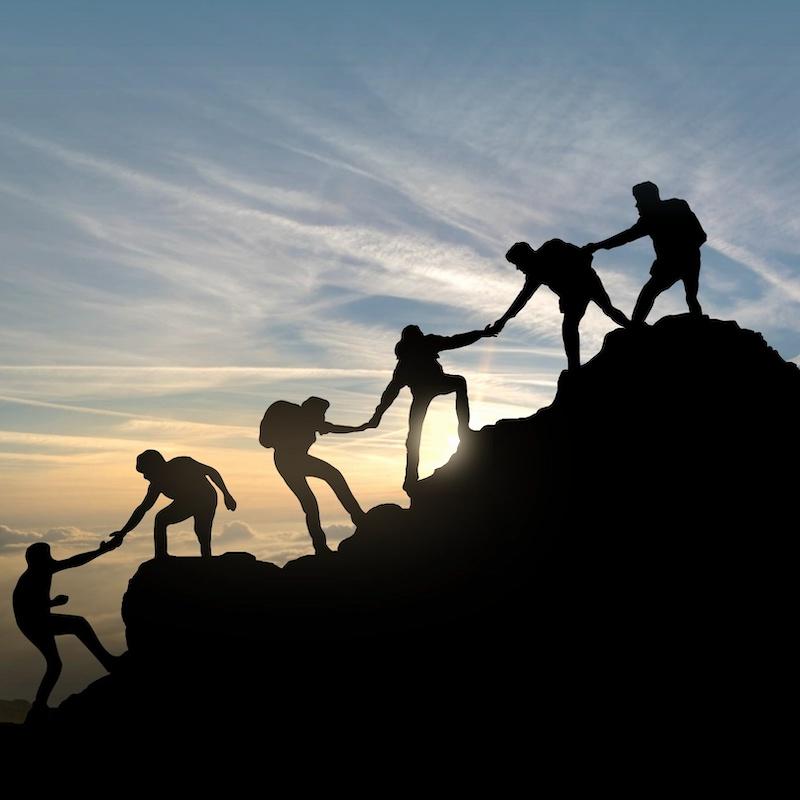
The ongoing pandemic has shown us how different people respond to a crisis situation. Some flounder while others thrive. Resilience plays a major role in whether you sink or swim. You cannot escape adversity, but you can build your resilience level. Resilience forms a protective shield enabling you to bounce back from setbacks. In some cases, it even helps you bounce forward.
The key elements in building your resilience level are not surprising. They’re the same general concepts that wellness gurus have been advocating for years:
Take care of yourself. Get enough sleep, hydrate, and eat a balanced diet. Exercise, relax, and take vacation or breaks to avoid burnout. Avoid toxic people to the extent possible. Set and communicate boundaries. Ask for help when you need it.
Establish a support network. This could be a combination of friends, family, coworkers, and neighbors. It could also include medical providers and members of your religious community. It could even include members of an online community. If you’re an introvert, identify people you can spend time with who do not drain your energy.
Maintain a positive outlook. A gratitude practice trains you to identify and celebrate all the good things in your life. It also helps you reframe otherwise negative incidents. Find a sense of meaning and purpose. This can of course come from your work. It can also come from your family, your pet(s), your religion, or your volunteer work. As former Navy SEAL Brent Gleeson, author of Embrace the Suck: The Navy SEAL Way to an Extraordinary Life, says:
“When you fervently believe you have a purpose, you are less likely to give up when faced with tragedy or loss.”
Focus on what you can control. As Gleeson also says, resilient people “spend their time and energy on situations and events they have control over. And because they place their effort and emotion where they have the most impact, they are more empowered, confident, and fulfilled.”
As a leader, it is important not only to build your own resilience level, but also to build that of your employees. Resilience in the workplace leads to greater job satisfaction and heightened employee engagement. These factors in turn result in increased productivity, benefitting both employees and employers. Healthy and happy employees also result in greater levels of customer satisfaction.
The American Psychiatric Association Foundation has a Center for Workplace Mental Health. The Center has long touted the benefits of promoting resilience in the workplace. It has even conducted case studies of companies who have made efforts to do so. One of the more impressive ones is their case study of the technology company Garmin. Most Garmin employees were male engineers not accustomed to discussing mental health. The program the company implemented was more successful than they envisioned and also more timely than they expected.
There are several steps you can take to promote resilience among your employees:
1. Model resilience-promoting behavior yourself.
If you tell your employees to take a vacation, do so yourself. If you do not, they will believe that you expect them to follow your lead.
2. Use team-building exercises and social interactions.
These can help create a shared identity as a team and respect for other team members.
3. Provide appropriate training and mentoring.
This can help employees learn how to deal with difficult people. It can also teach them how to guard against burnout and improve sleep habits.
Many resources exist to help you with the above. One such example is Payne Resilience Training. This website has dozens of blog posts on various elements of resilience. It also has a video of how photography (as a hobby) can boost resilience, a useful exercise in reframing. It even offers the option to sign up for a free resilience action plan.

